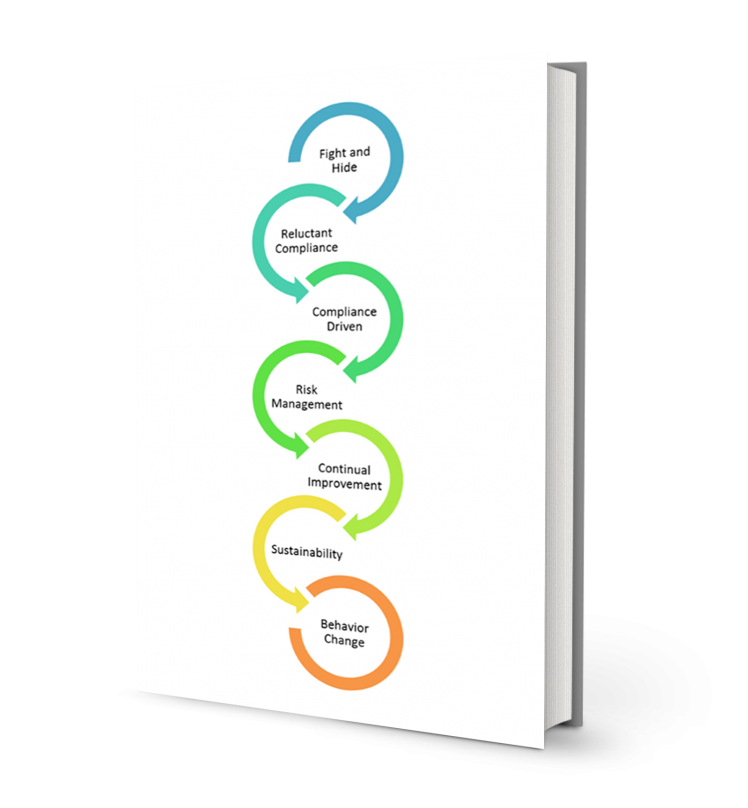TOWARDS SCHOOL-INDUSTRY LINKAGE FOR EFFECTIVE RESOURCE MOBILIZATION IN THE IMPLEMENTATION OF MOTOR MECHANIC WORK IN TECHNICAL COLLEGES.
Odogwu, Ikechukwu Chidiebere
ic.odogwu@unizik.edu.ng Department of Technology and Vocational Education, Nnamdi Azikiwe University Awka
Ogwo, Benjamin A
ogwoben2a@yahoo.com Department of Career and Technical Education Preparation, State University of New York, USA
Onwusuru, Ijeoma Madonna
im.onwusuru@unizik.edu.ng Department of Technology and Vocational Education, Nnamdi Azikiwe University Awka
Onwubuya, Uju Nkiru
un.onwubuya@unizik.edu.ng Department of Technology and Vocational Education, Nnamdi Azikiwe University Awka
Nwatalari, Chinwe Nene
cn.nwatalari@unizik.edu.ng Department of Technology and Vocational Education, Nnamdi Azikiwe University Awka
Inadequate resources affect the effectiveness of any training programme and its output. Towards school-industry linkage for effective resource mobilization for the implementation of Auto mechanics work trades Technical Colleges became imperative. Two research questions and hypotheses guided the study; descriptively designed to find out the solution. 22 Admin Staff and 78 Technical Teachers formed the population from 11 Government Technical Colleges (GTC). The instrument was structured questionnaire based on the objectives of the study in Likert scale. It was face-validated by four experts. Cronbach Alpha reliability method was used to establish the internal consistency of the instrument and it yielded the overall reliability coefficients of 0.82. SPSS version was used to get Mean and standard deviation used to answer the research questions that guided the study and hypotheses tested at 0.05 level of significance. The findings showed among others that PPP could mobilize resources for the implementation of Auto-mechanic trades. The Philanthropists could mobilize resources for the implementation of Auto-mechanic trades. Using ANOVA, Hypotheses showed that the opinions of Administrators and Technical Teachers differ significantly (p<0.05) on various ways Public Private Partnership and Government Technical Colleges could mobilize resources for implementation of Auto-mechanic trades and there is no significant difference (p>0.05) in the opinions of Administrators and Technical Teachers on various ways by which Philanthropy and GTC, could mobilize resources for the implementation of Auto-mechanic work trades. It was recommended among others that school management should adopt the various ways of resource mobilization in order to effectively implement her programmes.
Anderson, M. (2011). Maximising the impact of philanthropy in education. Research Developments, 25(4), 12-15. Retrieved from http://research.acer.edu.au/cgi/viewcontent.cgi?article=1091&context=resdev Aggarwal, V. P. (2018). Public Private Partnership’ – Public Private Partnership: The new Panacea in Oral Health. Retrieved from http://DOI:10.19080/ADOH.2018.08.555734 Asian Development Bank (2017). Innovative strategies for accelerated human resources development in South Asia. Public-Private Partnerships for education and Training. Retrieved from http://dx.doi.org/10.22617/TCS179081 Bušljeta, R. (2013). Effective Use of Teaching and Learning Resources. Czech-Polish Historical and Pedagogical Journal, 5(2), 55 – 69. Retrieved from doi: 10.2478/cphpj-2013-0014 Copps, J. (2005). What next? The role for philanthropy in careers education and guidance for young people. Retrieved from https://www.thinknpc.org/wp- content/uploads/2018/07/What-next.pdf Dangara, U. Y. (2016). Educational resources: An integral component for effective school administration in Nigeria. Research on Humanities and Social Sciences. 6.(13), 27 – 37 Federal Government of Nigeria (2013). National Policy on Education. Lagos: NERDC. Hess, F. M. (7th July, 2021). The state of education philanthropy. Retrieved from https://www.aei.org/articles/the-state-of-education-philanthropy/ Kadoga, A. M. (2011). Mechanism of resource mobilization for support of universal free primary education by women of Mbale district, Uganda. Journal of Educational and Social Research, 1(2), 121-133. Keidan, C., Jung, T. & Pharoah, C. (2014). Philanthropy education in the UK and continental Europe: Current provision, perceptions and opportunities. Retrieved from Retrieved from
Unizik Journal of Education Graduate vol 9 August 2024 247 http://www.cass.city.ac.uk/__data/assets/pdf_file/0004/238072/Final-Philanthropy- Education-revised.pdf Kruhlov, V., Latynin, M., Horban, A., and Petrov, A. (2019). Public-Private Partnership in Cybersecurity. Retrieved from https://www.researchgate.net/publication/343809652 OECD (2020), “Philanthropy and Education - Education Giving in the Midst of COVID-19”, OECD Development Centre, Paris Retrieved from https://www.oecd.org/dev/NetFWD_Covid-EDU_Study.pdf Schervish, P. G., O’Herlihy, M. A. & Haven, J. J. (2002). Charitable giving: How much, by whom, to what, and how? Retrieved from http://www.bc.edu/content/dam/files/research_sites/cwp/pdf/Charitable.pdf Verger, A. and Moschetti, M. (2017). Public-Private Partnerships as an Educational Policy Approach: Multiple meanings, Risks and Challenges. Educational Research and Foresight: Working Papers. Retrieved from https://www.researchgate.net/publication/313847863 Widjaja, G. (2017). Implementation of Public-Private Partnership in Indonesia. International Journal of Economic Research. https://www.serialsjournal.com Wikipedia, (7th July 2021). Philanthropy. Retrieved from https://en.wikipedia.org/wiki/Philanthropy Witters, L., Marom, R., Steinert, K., & Lucent, A. (2012). The role of public-private partnerships in driving innovation in The Global innovation index 2012. Retrieved from http://www.wipo.int/export/sites/www/econ_stat/en/economics/gii/pdf/chapter2.pdf
Unizik Journal of Education Graduate vol 9 August 2024 247 http://www.cass.city.ac.uk/__data/assets/pdf_file/0004/238072/Final-Philanthropy- Education-revised.pdf Kruhlov, V., Latynin, M., Horban, A., and Petrov, A. (2019). Public-Private Partnership in Cybersecurity. Retrieved from https://www.researchgate.net/publication/343809652 OECD (2020), “Philanthropy and Education - Education Giving in the Midst of COVID-19”, OECD Development Centre, Paris Retrieved from https://www.oecd.org/dev/NetFWD_Covid-EDU_Study.pdf Schervish, P. G., O’Herlihy, M. A. & Haven, J. J. (2002). Charitable giving: How much, by whom, to what, and how? Retrieved from http://www.bc.edu/content/dam/files/research_sites/cwp/pdf/Charitable.pdf Verger, A. and Moschetti, M. (2017). Public-Private Partnerships as an Educational Policy Approach: Multiple meanings, Risks and Challenges. Educational Research and Foresight: Working Papers. Retrieved from https://www.researchgate.net/publication/313847863 Widjaja, G. (2017). Implementation of Public-Private Partnership in Indonesia. International Journal of Economic Research. https://www.serialsjournal.com Wikipedia, (7th July 2021). Philanthropy. Retrieved from https://en.wikipedia.org/wiki/Philanthropy Witters, L., Marom, R., Steinert, K., & Lucent, A. (2012). The role of public-private partnerships in driving innovation in The Global innovation index 2012. Retrieved from http://www.wipo.int/export/sites/www/econ_stat/en/economics/gii/pdf/chapter2.pdf

